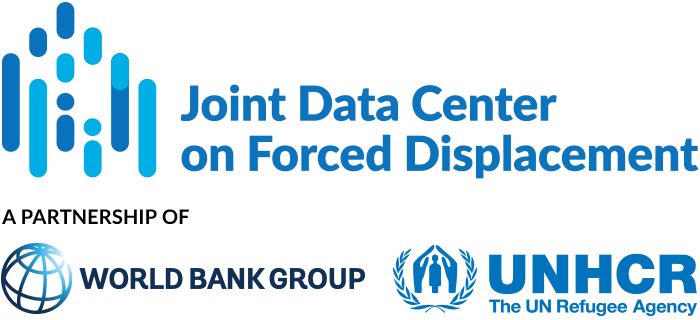Estimating the economic impact of internal displacement on affected people, countries and regions would help make the case for increased country-led investments in risk reduction and durable solutions. However, a systematic, quantitative estimate of the overall impact...
JDC Literature Review
Does Aid Reduce Anti-refugee Violence? Evidence from Syrian Refugees in Lebanon
Lebanon, a country with a population of 4.5 million, has received more than a million refugees since the outbreak of the Syrian civil war in 2011. The majority of Syrian refugees live in individual accommodation in Lebanese towns. Existing theory and policy debates...
Migration in Libya: A Spatial Network Analysis
Libya is both a transit hub for legal and illegal migration as well as a destination country for international migrants, including refugees. This paper provides an empirical assessment of migration patterns to, within, and from Libya during 2017 and 2018. The analysis...
Blessing or burden? Impacts of refugees on businesses and the informal economy
The authors examine the impact of the sudden arrival of more than three million Syrian refugees on the behavior of firms in Turkey. This case is useful to investigate causal effects because: (a) the timing and scale of the refugee inflow were exogenous to economic...
Estimating Poverty among Refugee Populations: A CrossSurvey Imputation Exercise for Chad
Household consumption surveys do not typically cover refugee populations, and consequently poverty estimates for refugees are rare. This paper examines the performance of cross-survey imputation methods to estimate poverty for a sample of refugees in Chad, by...
Jobs Interventions for Refugees and Internally Displaced Persons
This literature review summarizes: (a) evidence on the impact of forced displacement on economic outcomes for refugees and internally displaced persons (IDPs); and (b) existing knowledge on jobs interventions for refugees and IDPs. The authors include both...


